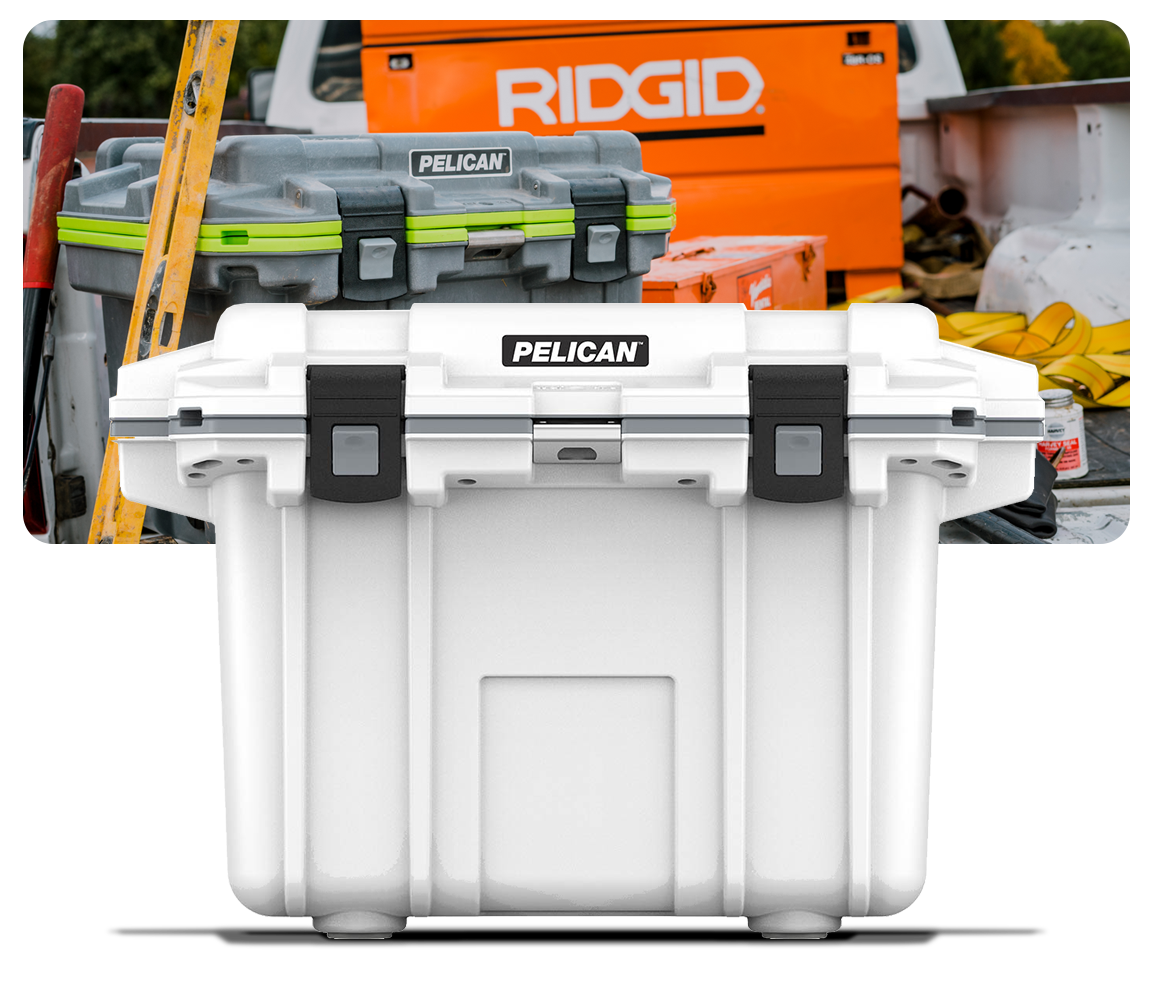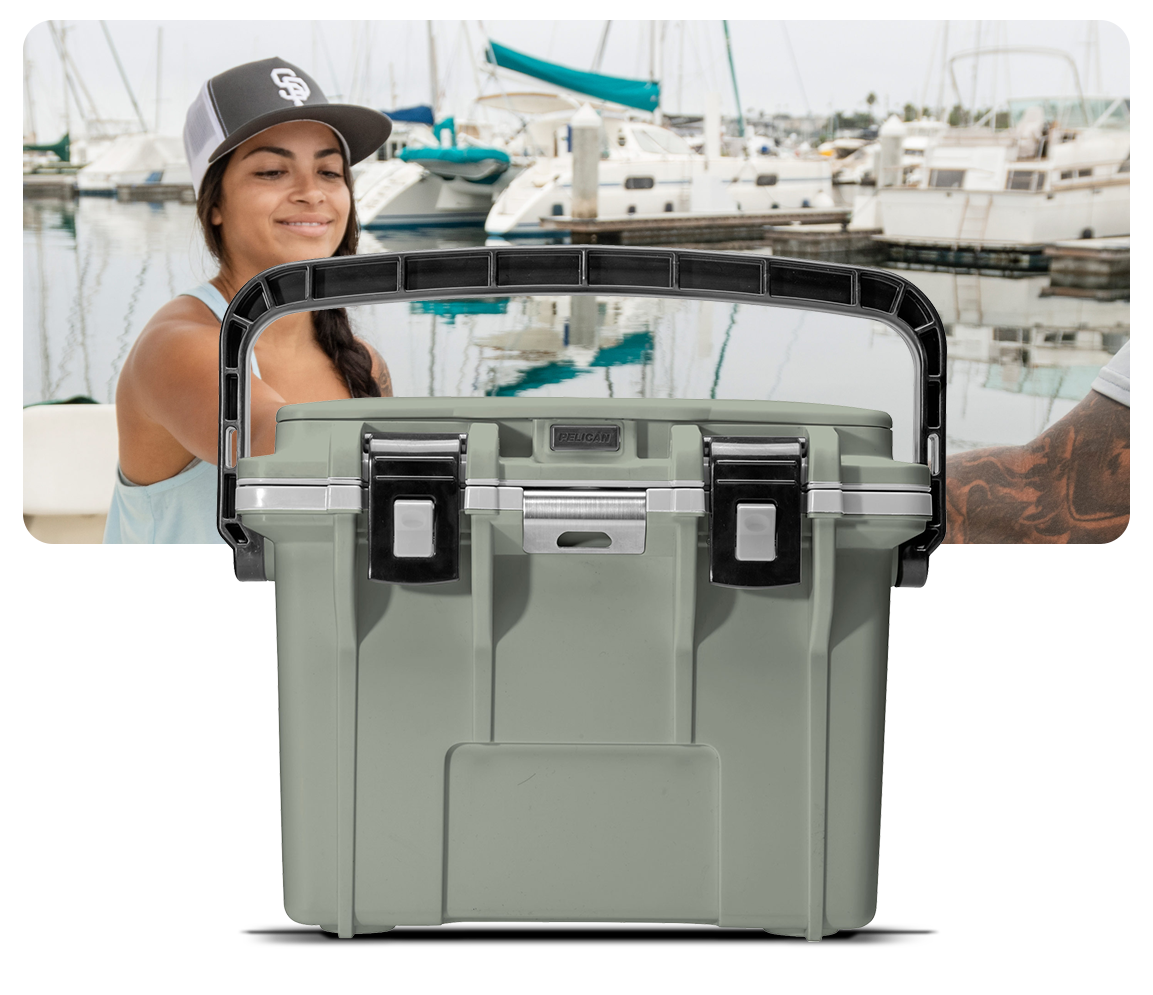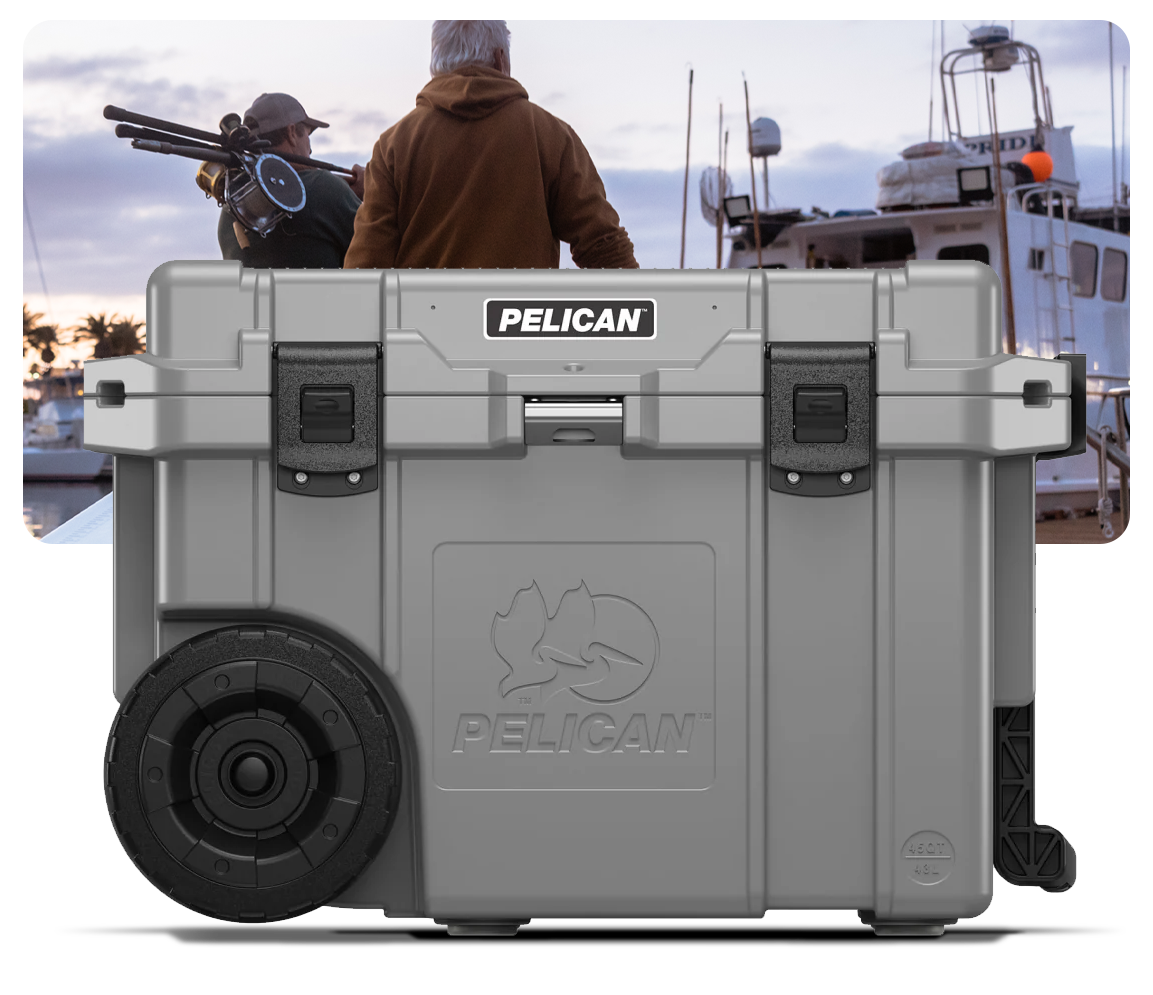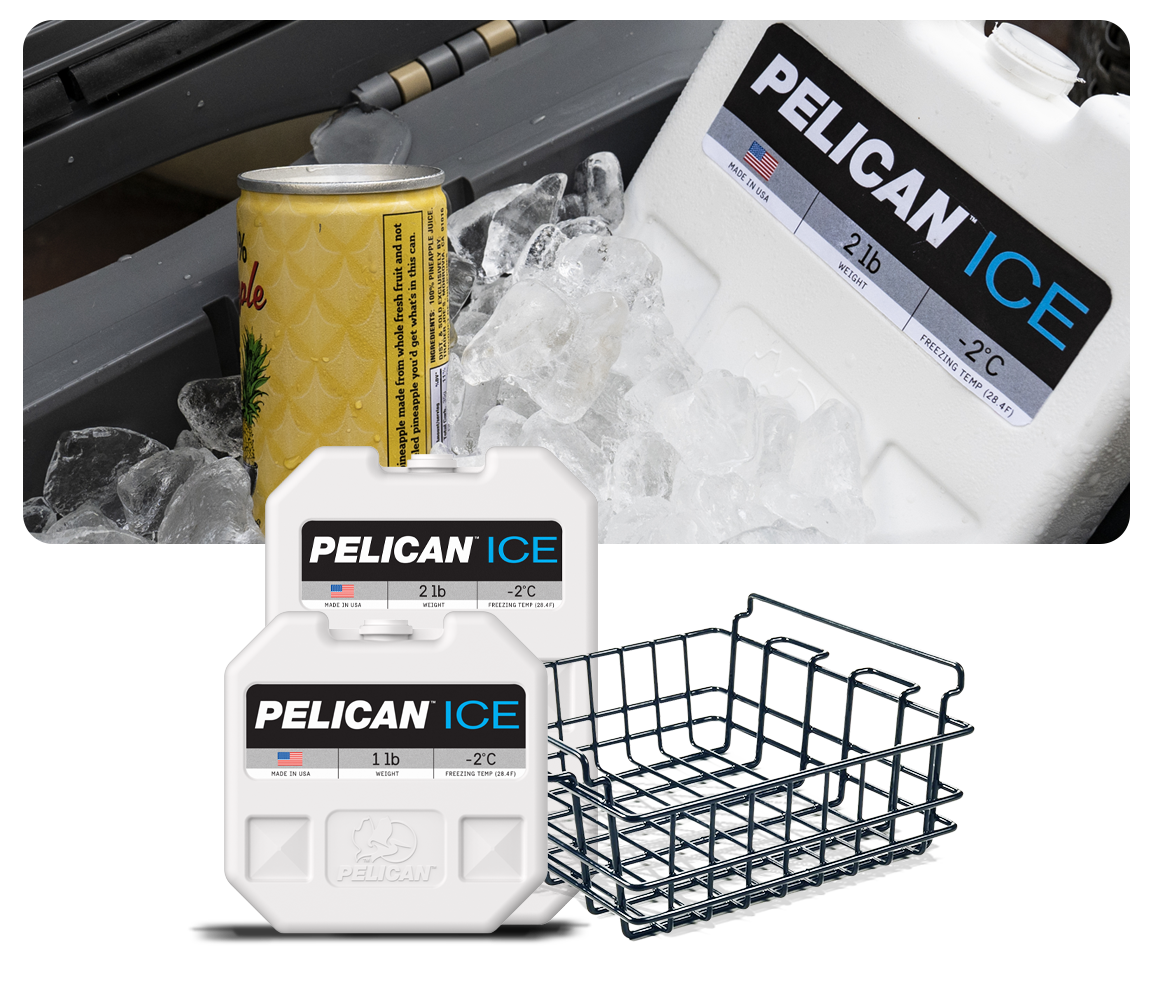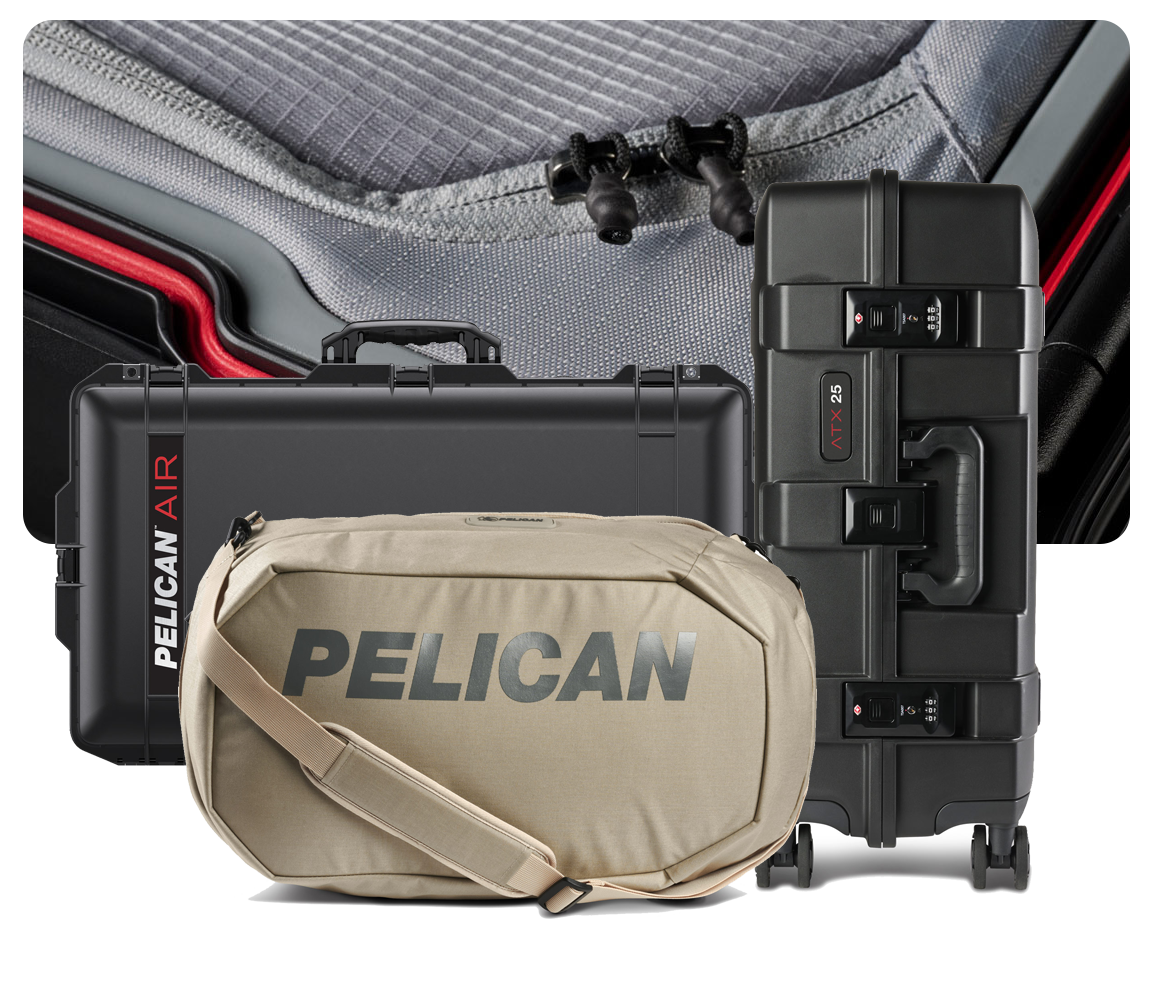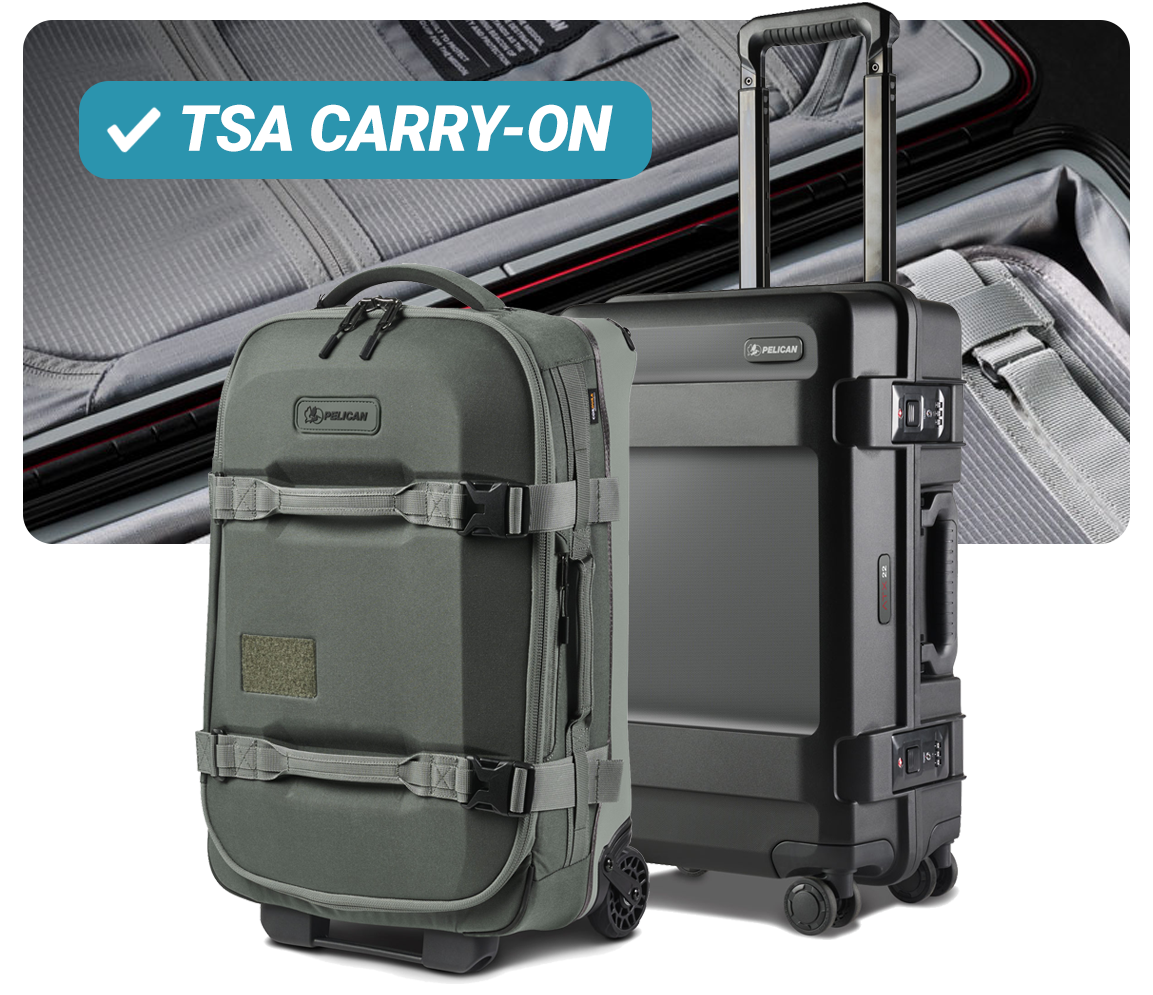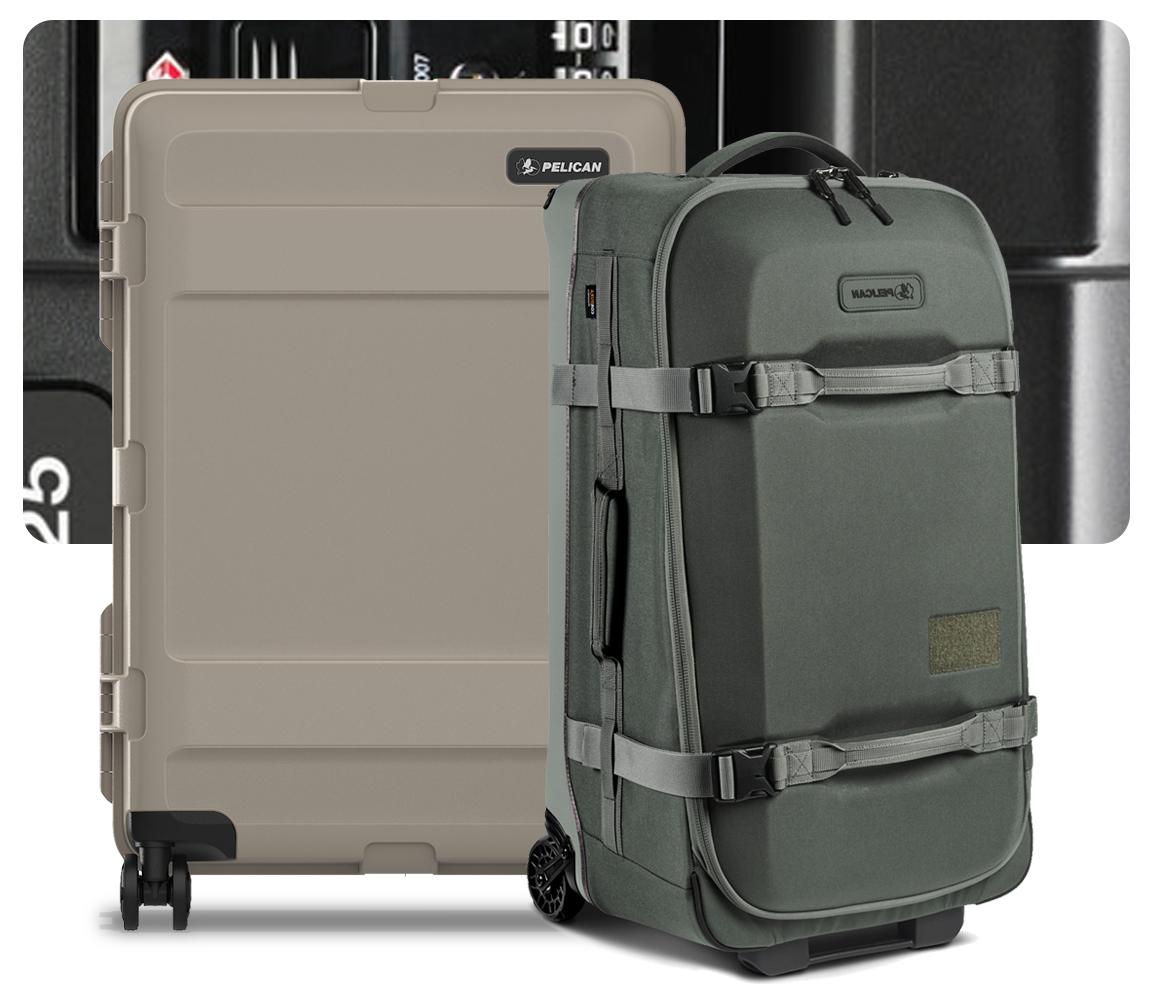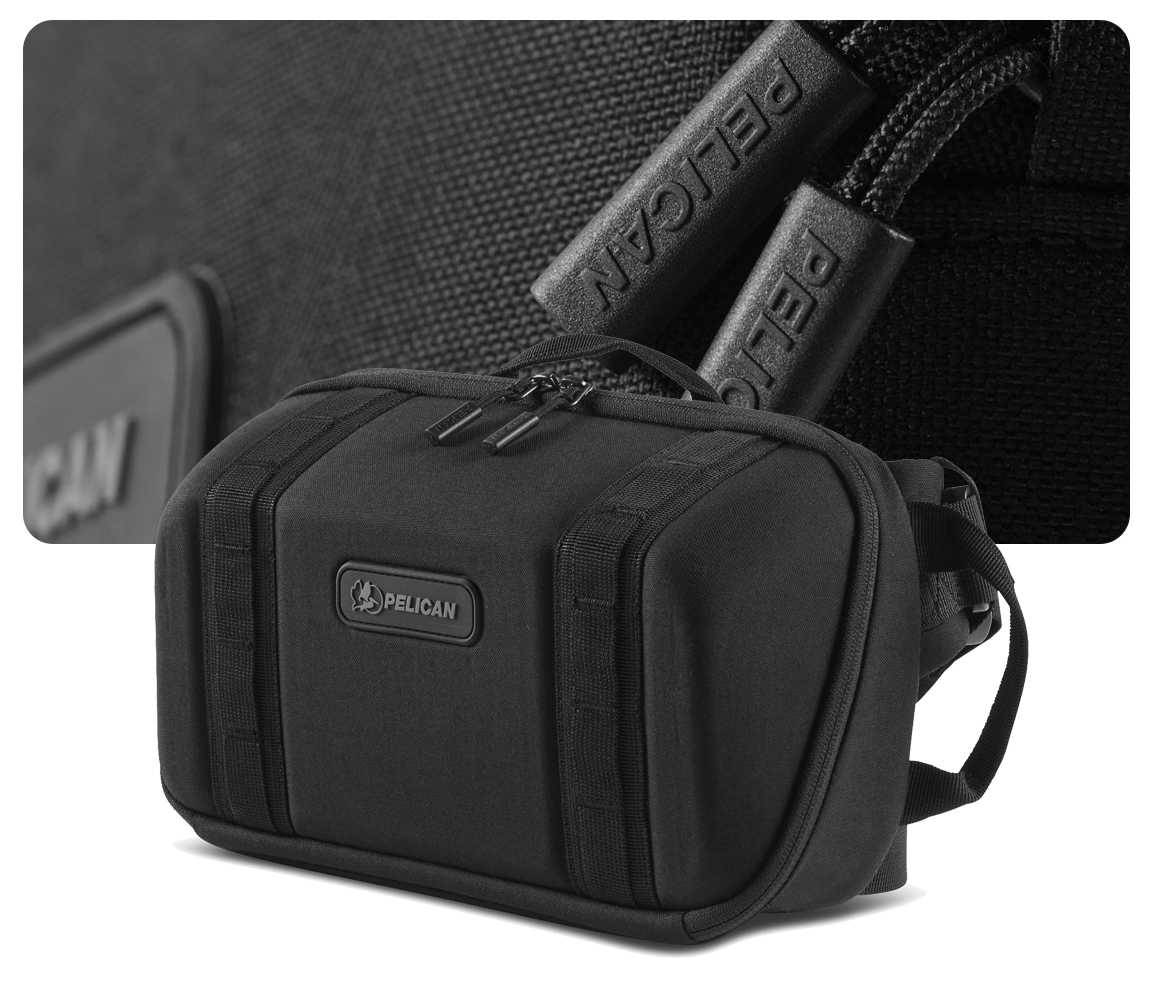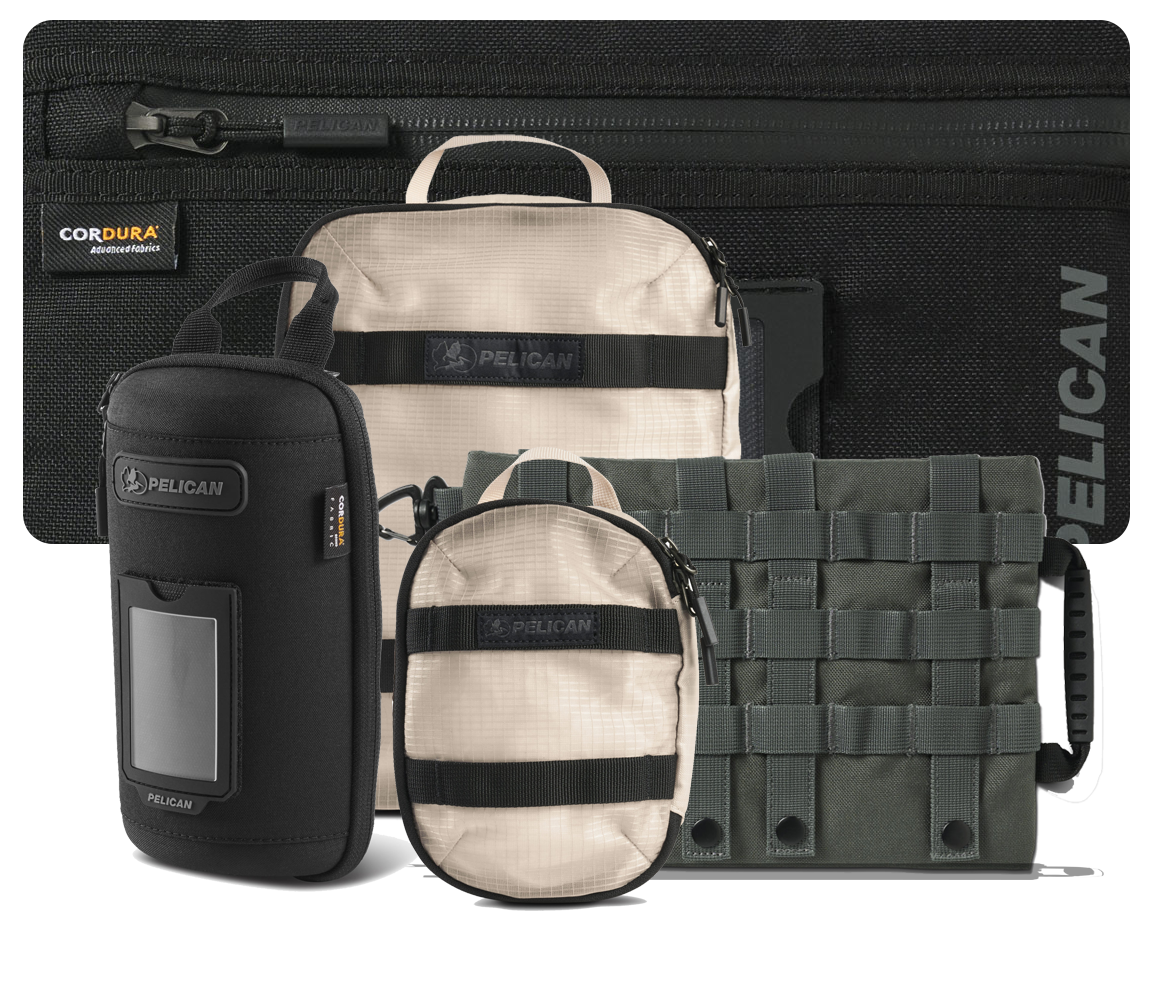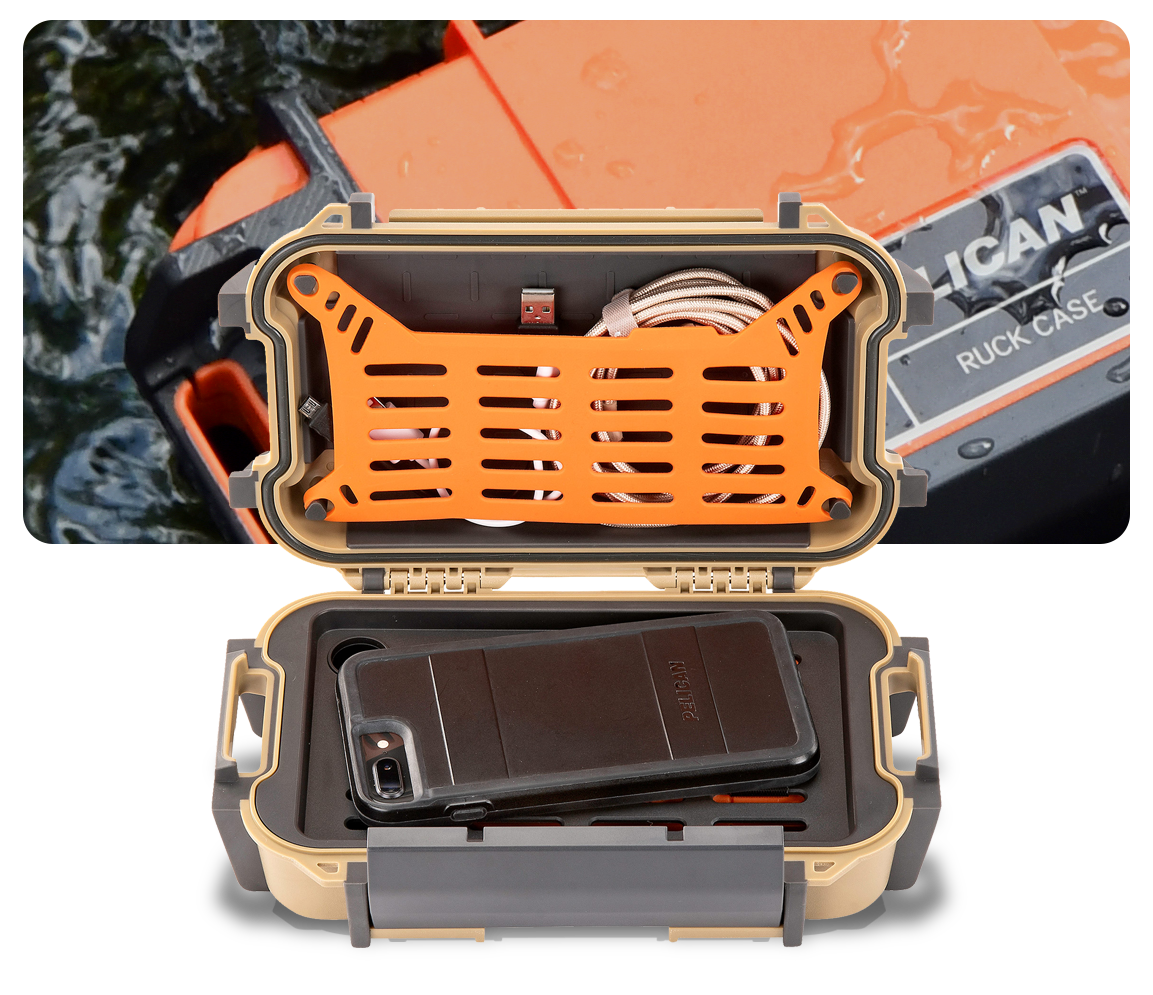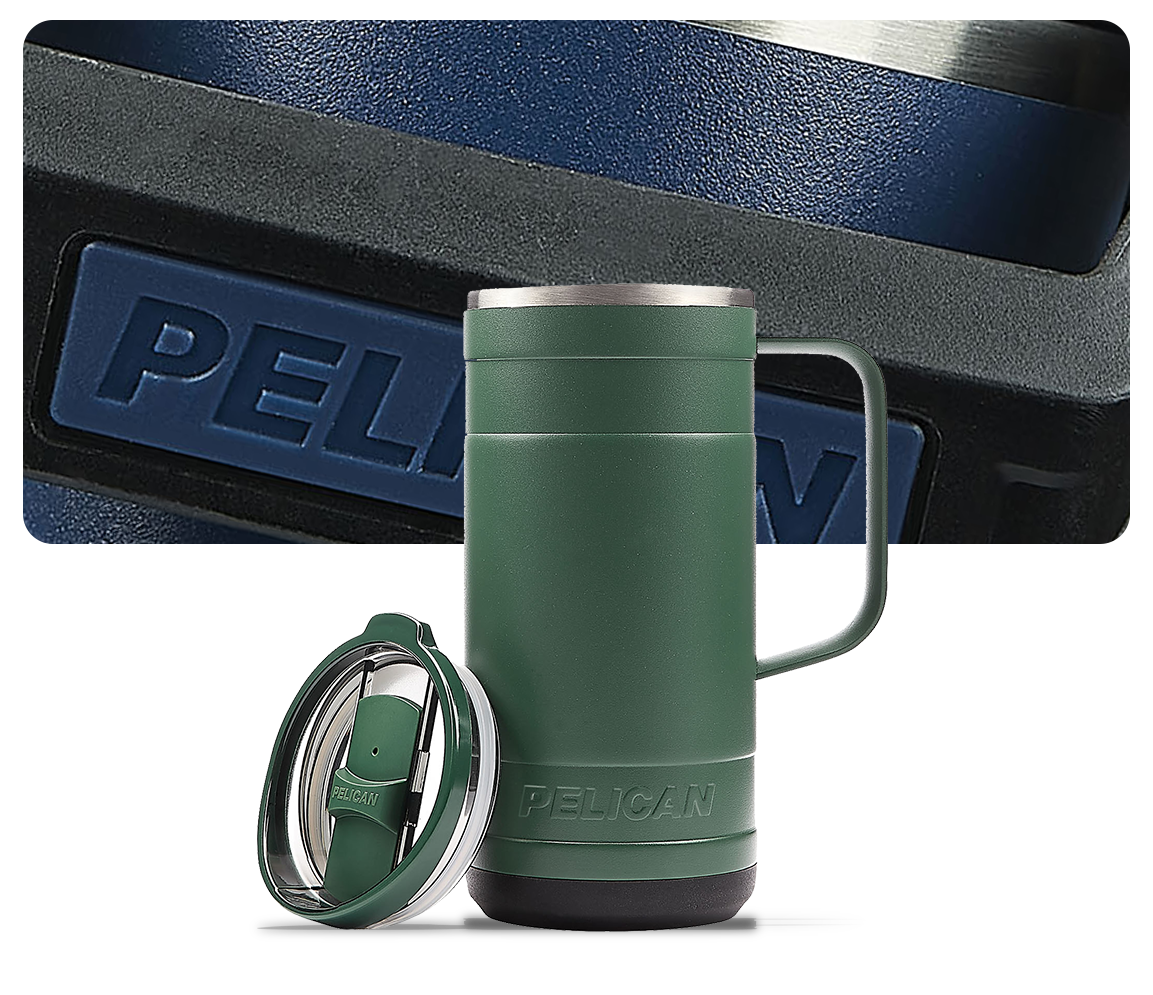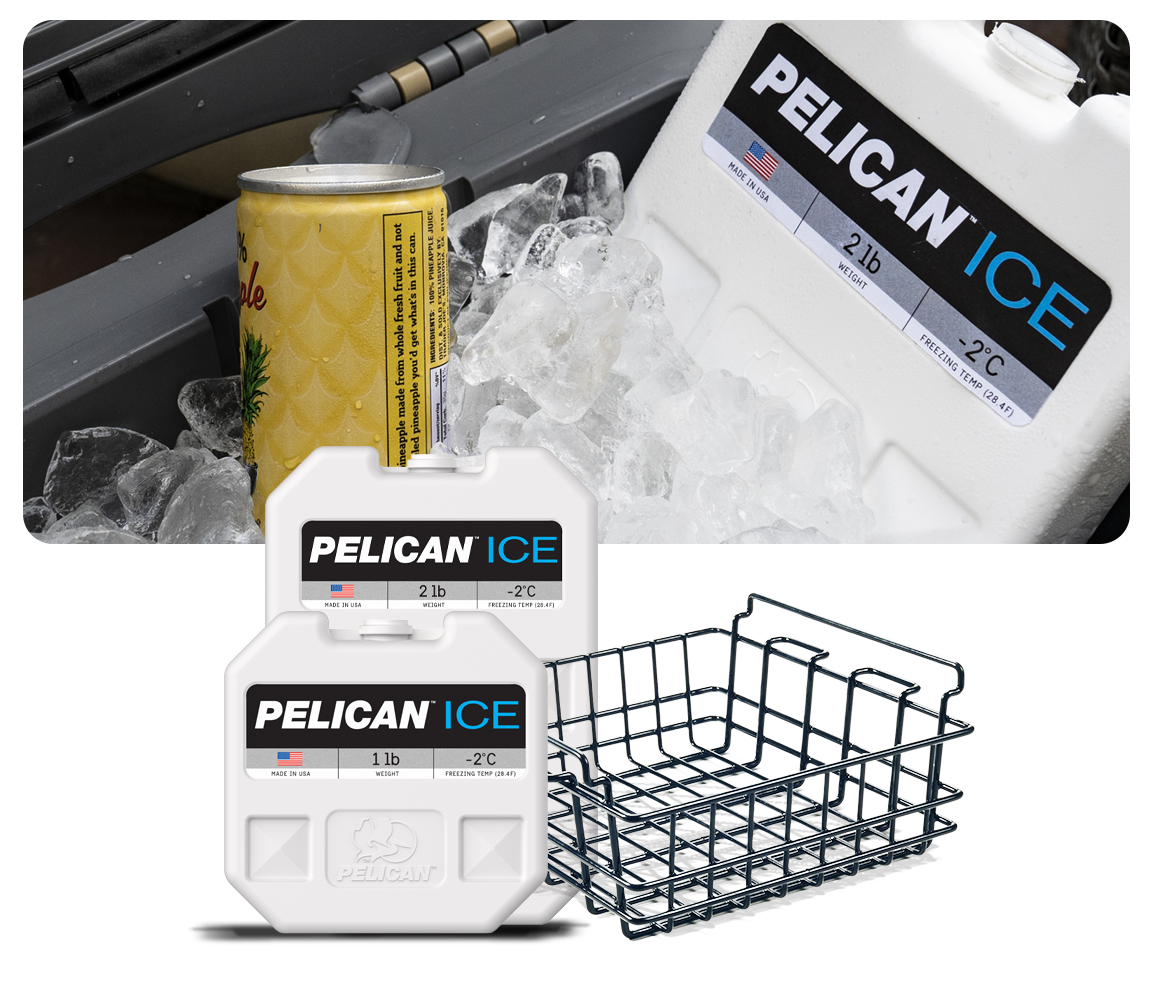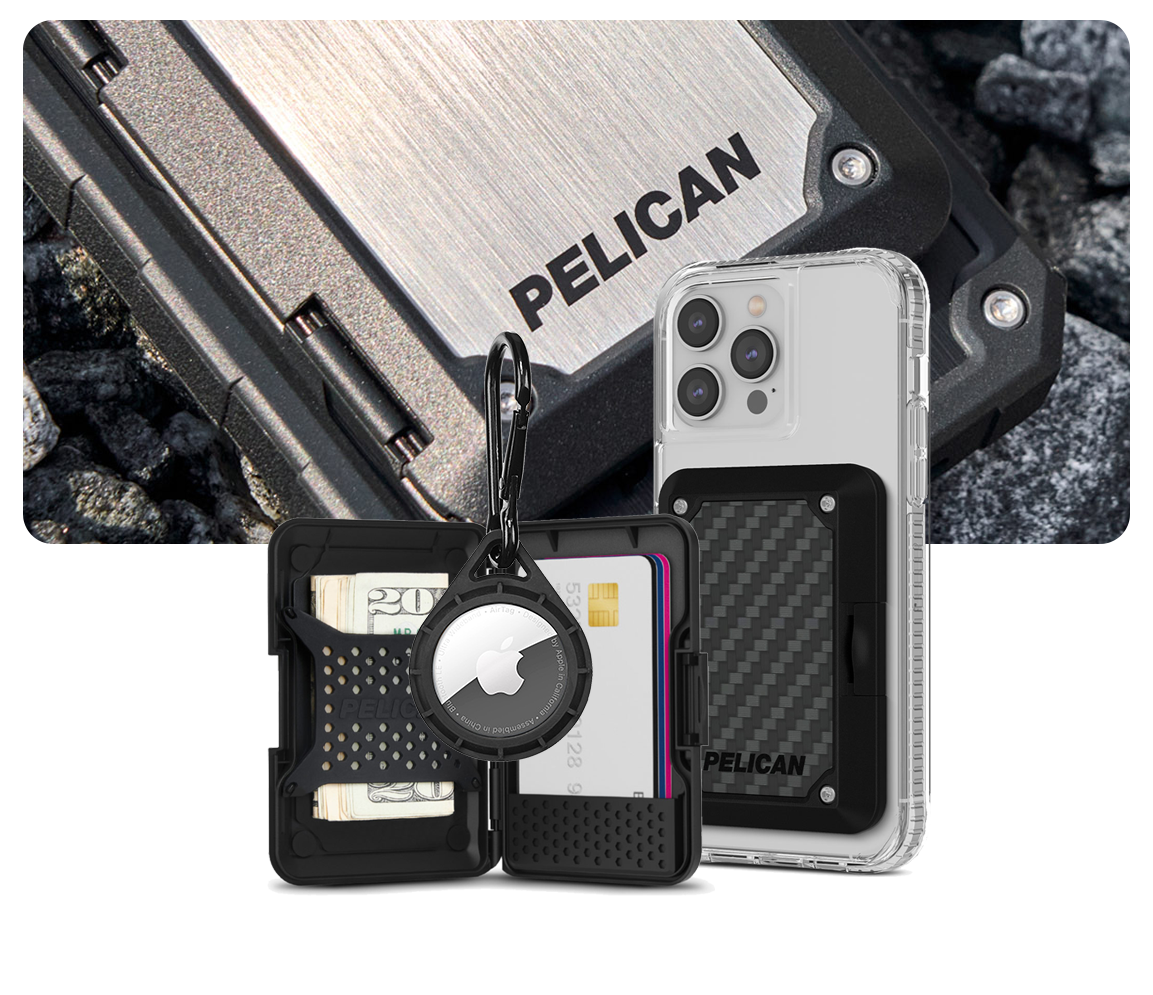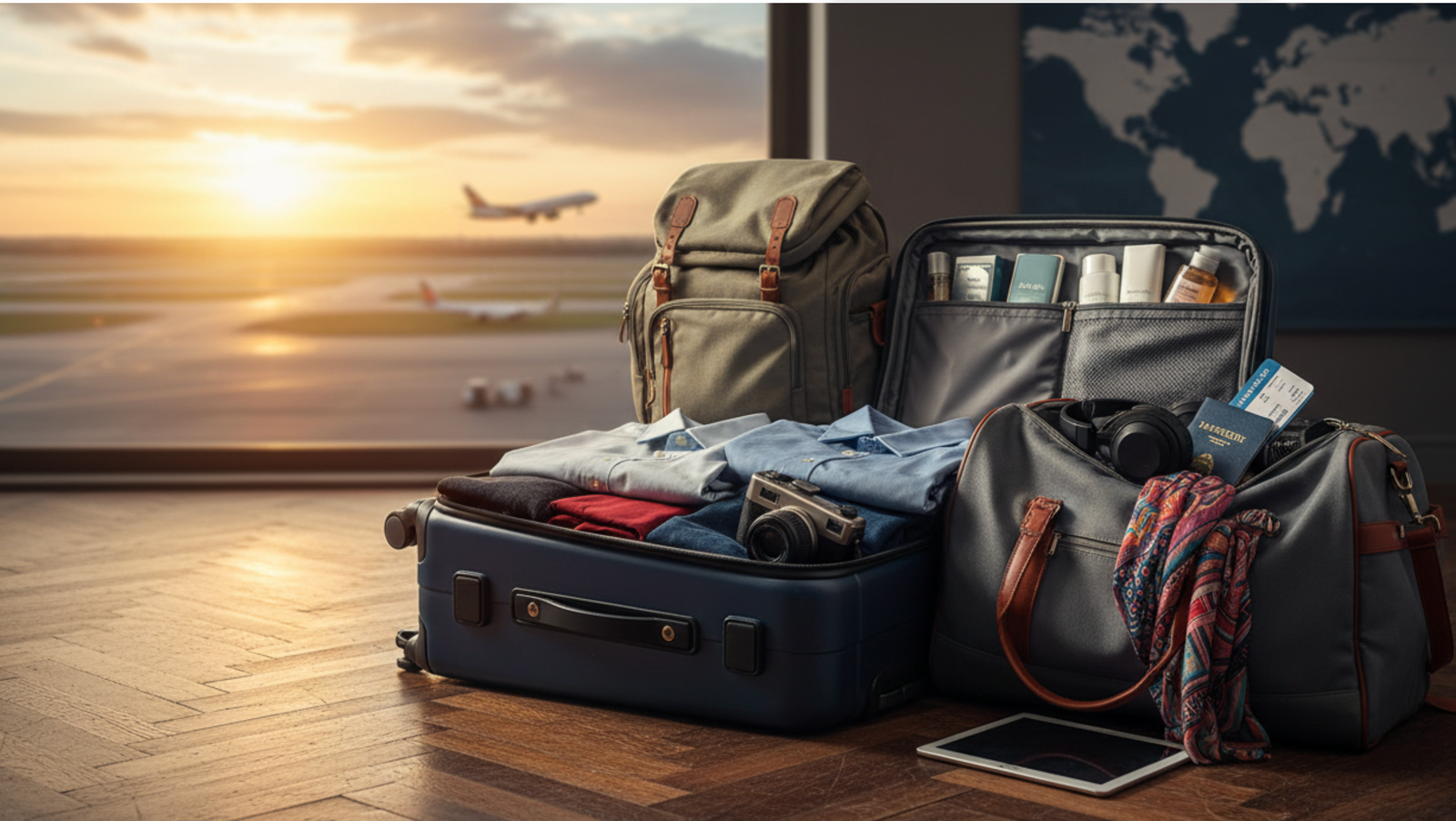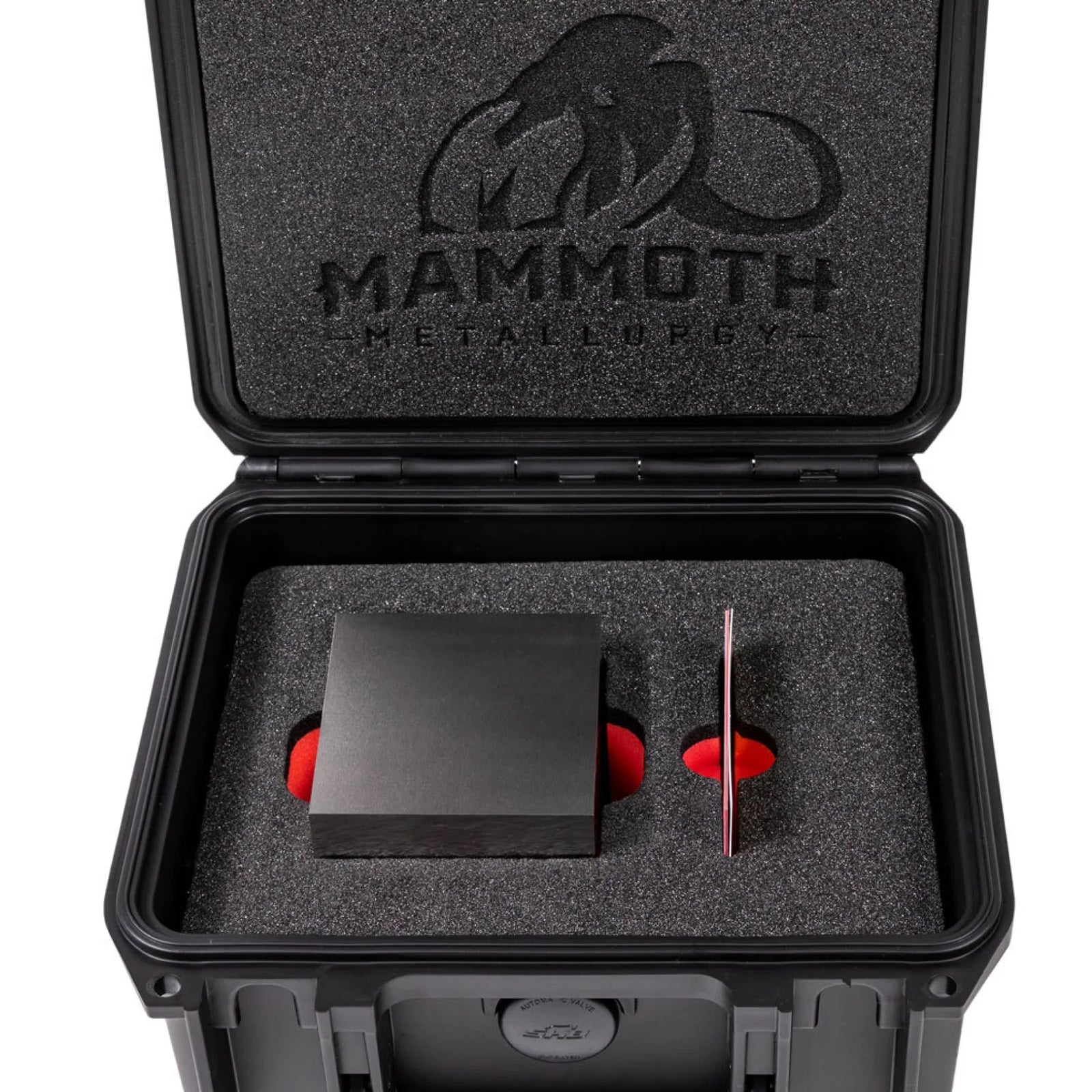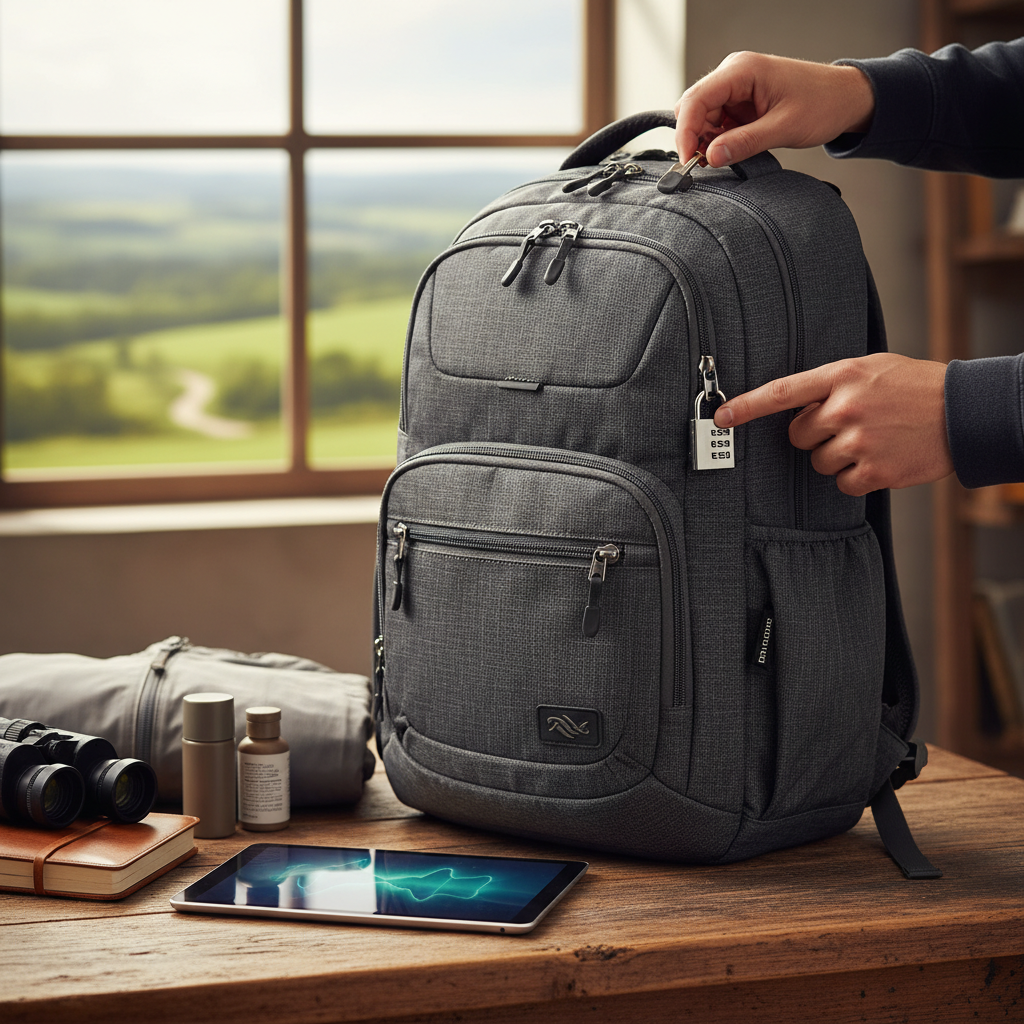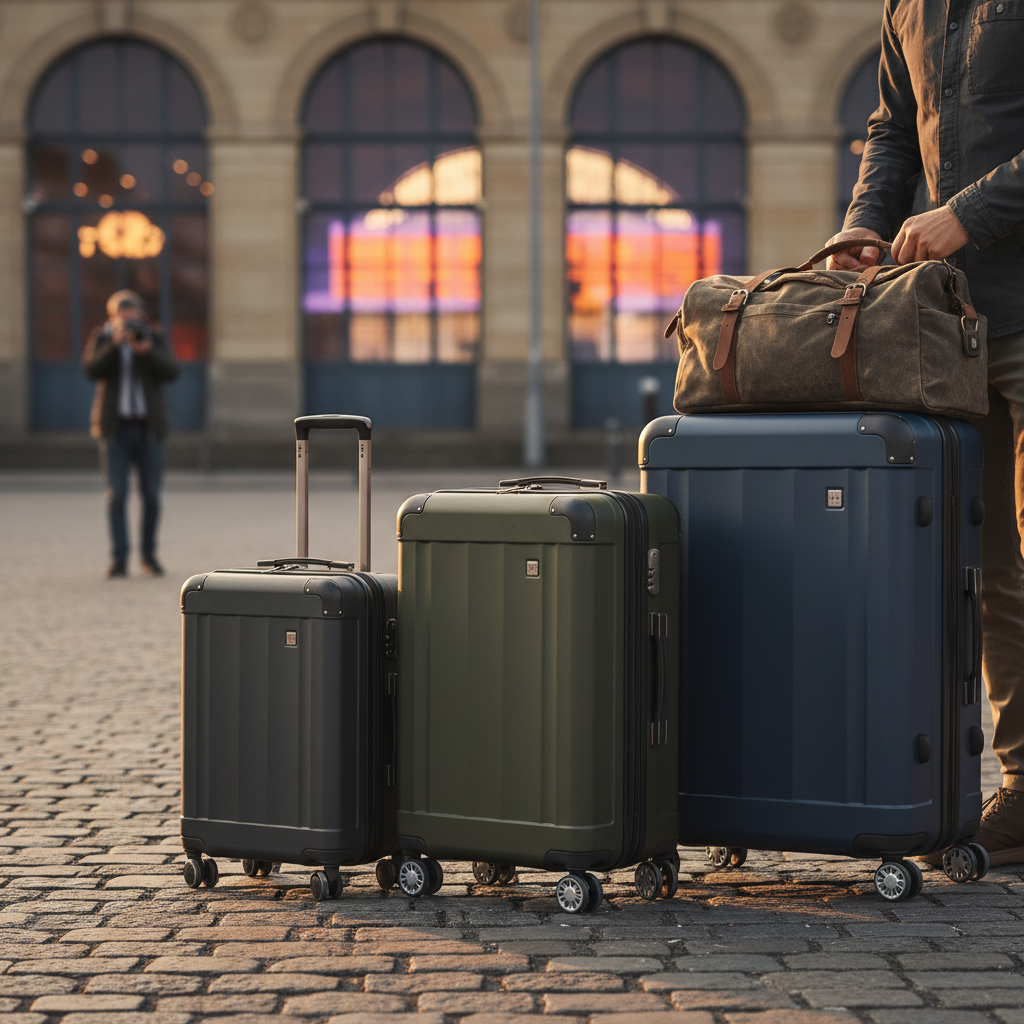Quick Summary / Key Takeaways
- Always verify airline-specific carry-on dimensions and weight limits before every trip. These vary significantly and can lead to unexpected gate check fees.
- Invest in lightweight, durable luggage with high-quality wheels and zippers. It helps give a stress-free travel experience.
- Master strategic packing techniques, like rolling clothes and using packing cubes. Minimize liquids to maximize space and efficiency in your carry-on.
- Pack important documents, medications, and valuable electronics in your carry-on. This way, you’ll have easy access to them and keep them safe during your trip.
- A carry-on is more than a bag. It’s part of your travel plan. It helps you get through the airport quickly and keeps your luggage safe.

Introduction
Ah, the carry-on: that trusty ally that saves you from baggage claim hassles, avoids checked bag fees, and sometimes poses a puzzle with airline rules. I’ve been there, heart racing, as I watch someone’s “perfectly fine” bag get gate-checked for being just a bit too wide in the dreaded sizer. It’s a rite of passage for every frequent flyer, proving the ever-changing nature of air travel.
But here’s the truth: mastering the carry-on isn’t about luck; it’s about strategy, knowledge, and the right gear. It means the difference between gliding through security and sprinting through the airport, or worse, losing your essentials to the conveyor belt. From avoiding lost luggage to saving time, the carry-on is your key to a smoother journey.
This guide will clarify everything from airline rules to smart packing techniques. We’ll look at the perfect bag, share clever packing hacks, and tackle airport security. By the end, you’ll be a carry-on expert, ready to handle any trip with confidence and ease.
Airline Carry-On Dimension Comparison (Standard Economy)
| Airline | Height (in) | Width (in) | Depth (in) |
|---|---|---|---|
| American Airlines | 22 | 14 | 9 |
| Delta Air Lines | 22 | 14 | 9 |
| United Airlines | 22 | 14 | 9 |
| Ryanair (Budget Carrier) | 21.6 (55cm) | 15.7 (40cm) | 7.8 (20cm) |
Carry-On Luggage Material Comparison
| Material Type | Durability | Weight | Key Advantage |
|---|---|---|---|
| Hardshell (Polycarbonate) | Excellent Impact | Moderate | Fragile Item Protection |
| Softshell (Nylon/Polyester) | Good Wear & Tear | Lightweight | External Pockets & Flexibility |
| Hybrid (Polycarbonate/Fabric) | Very Good | Moderate | Best of Both Worlds |
| Aluminum | Superior Strength | Heavy | Ultimate Protection & Security |
Application Preparation Checklist
- Verify your specific airline's carry-on size and weight restrictions for your flight.
- Check the weather at the destination to select appropriate clothing, minimizing unnecessary items.
- Put liquids, aerosols, and gels (LAGs) in a clear quart-sized bag to meet TSA rules.
- Charge all electronics and ensure necessary adapters are packed within easy reach.
Post-Arrival Checklist
- Unpack and clean your carry-on luggage, wiping down surfaces and airing out the interiors.
- Inspect wheels, zippers, and handles for any damage or wear and tear requiring repair.
- Review your packing choices; note what you used/didn't use for future efficiency.
- Store carry-on in a clean, dry place, perhaps with a dryer sheet to keep it fresh.
Table of Contents
Section 1: Understanding Airline Carry-On Rules
- Why are carry-on luggage dimensions so inconsistent between airlines?
- What is the typical allowance for personal items versus carry-on bags?
- How strictly do airlines enforce carry-on weight limits, especially for international flights?
Section 2: Choosing Your Perfect Carry-On
- What are the key differences between hardshell and softshell carry-on luggage?
- Are 2-wheel or 4-wheel (spinner) carry-ons better for travel?
- What specific features should I look for in a durable carry-on bag?
- Is it worth investing in an expensive carry-on, or are budget options sufficient?
Section 3: Mastering the Art of Packing
- What are the most effective packing techniques to maximize carry-on space?
- How can I pack liquids and toiletries to comply with TSA regulations?
- What essential items should always be kept in my carry-on, not checked luggage?
- Are there any tricks for fitting an 'overstuffed' carry-on into the sizer or overhead bin?
Section 4: Navigating Airport Security & Beyond
- How can I expedite the security checkpoint process with my carry-on?
- What should I do if my carry-on is deemed too large or heavy at the gate?
- Are there specific carry-on considerations for international travel compared to domestic?
- How can I ensure my carry-on fits in the overhead bin when space is limited?
Frequently Asked Questions
Section 1: Understanding Airline Carry-On Rules
FAQ 1: Why are carry-on luggage dimensions so inconsistent between airlines?
Carry-on luggage sizes differ between airlines. This is due to different plane models, operational limits, and each airline's rules on overhead bin space. Older planes have smaller bins. Larger carriers can fit more, which creates a mix of rules worldwide. This inconsistency helps airlines fill more seats. They can also upsell checked baggage, which affects how passengers travel.
Always check the specific airline's website. A bag that’s fine on one airline might get gate-checked on another.
FAQ 2: What is the typical allowance for personal items versus carry-on bags?
Most airlines allow one standard carry-on bag and one smaller personal item per passenger. The sizes can differ by carrier. A carry-on usually fits in the overhead bin. A personal item (like a backpack, laptop bag, or purse) should fit under the seat in front of you. This rule helps keep essentials close without taking up space in the cabin.
Always check your airline's policy to avoid last-minute gate checks or fees.
FAQ 3: How strictly do airlines enforce carry-on weight limits, especially for international flights?
Carry-on weight limits differ a lot by airline and airport. They are usually stricter for international flights, especially with budget airlines. Some domestic flights may be more flexible. International routes and some airlines often use scales at check-in or gate areas. Overweight bags are subject to gate check fees. This can be considerably higher than standard checked baggage fees.
Always assume your bag will be weighed, particularly for international travel.
Section 2: Choosing Your Perfect Carry-On
FAQ 4: What are the key differences between hardshell and softshell carry-on luggage?
Hardshell carry-on luggage, like polycarbonate and ABS, protects fragile items well. It also resists moisture better. Softshell materials, like nylon and polyester, offer external pockets. They are flexible, which helps with overpacking, and are usually lighter in weight. Hardshell bags are generally more durable against impacts, though they can scratch. Softshell materials stretch more, making it easier to fit into overhead bins.
FAQ 5: Are 2-wheel or 4-wheel (spinner) carry-ons better for travel?
Four-wheel spinner carry-ons are great for tight spaces, like airport aisles and hotel lobbies. They glide easily beside you. Two-wheel bags usually offer more packing space because of recessed wheels. They tend to be more stable on uneven ground or when pulled for long distances. Spinners need less effort on smooth surfaces. However, their outer wheels can get damaged easily. This might make the bag a bit bigger.
FAQ 6: What specific features should I look for in a durable carry-on bag?
For a strong carry-on bag, choose quality materials. Look for ballistic nylon or polycarbonate. Check for robust YKK zippers and reinforced stitching. Sturdy, oversized wheels are a must, too. The handle system must use aircraft-grade aluminum. It should have little wobble, retract smoothly, and lock securely. Look for bags with corner guards and a stable base to protect against impacts and tipping.
Investing in these features helps your bag handle frequent travel and lasts for years.
FAQ 7: Is it worth investing in an expensive carry-on, or are budget options sufficient?
Yes, investing in an expensive carry-on is worth it for frequent travelers. This is because this luggage has superior durability and a better warranty. This includes enhanced features like smoother wheels and lighter construction. Budget options can be fine for occasional trips. But their parts—like zippers, wheels, and handles—often break quickly. This means you'll have to replace them sooner. A $50 bag may look good, but a $200-$300 carry-on from a trusted brand is often worth it. It lasts longer and makes travel more comfortable. So, it's a better investment in the long run.
Section 3: Mastering the Art of Packing
FAQ 8: What are the most effective packing techniques to maximize carry-on space?
The best packing techniques include tightly rolling clothes, using packing cubes to compress and organize items, and placing heavier garments flat at the bottom. Rolling clothes cuts down on wrinkles and makes the most of vertical space. Packing cubes help group similar items. This makes access easier and allows for better compression. Filling empty spaces within shoes or bags with smaller items also optimizes every inch.
A mix of these methods, adjusted for your clothing and bag shape, gives the best results. This helps you make the most of your carry-on space.
FAQ 9: How can I pack liquids and toiletries to comply with TSA regulations?
To follow TSA rules, all liquids, aerosols, gels, creams, and pastes must be in 3.4-ounce containers (100 milliliters) or less. They should fit into one quart-sized, clear, zip-top bag. Each passenger can bring one bag. You must take it out of your carry-on and put it in a separate bin for screening. This "3-1-1 rule" is strictly enforced to ensure security and prevent potential hazards.
Investing in travel-sized containers or solid toiletries can simplify this process.
FAQ 10: What essential items should always be kept in my carry-on, not checked luggage?
Keep these essential items in your carry-on:
-
Medications
-
Important documents (passport, wallet, tickets)
-
Valuables (jewelry, heirlooms)
-
Electronics (laptops, cameras, power banks)
-
A change of clothes
This gives you quick access to essential items. It also protects you from loss or damage if your checked luggage is delayed or lost. Think of anything you absolutely cannot afford to lose or replace quickly, and keep it with you at all times.
↑ Back to Table of Contents
FAQ 11: Are there any tricks for fitting an 'overstuffed' carry-on into the sizer or overhead bin?
Here are some tricks to fit an overstuffed carry-on:
-
Wear soft, compressible items like jackets or sweaters. If not, move the weight to your pockets.
-
For the sizer, place the bag in wheels-first or handle-first. These areas are often the stiffest. Gently push it in, but avoid forcing it. If the bag is soft-sided, you might be able to physically compress it.
The best trick is to avoid overstuffing. But if needed, strategic compression can help.
Section 4: Navigating Airport Security & Beyond
FAQ 12: How can I expedite the security checkpoint process with my carry-on?
Keep your liquids (3-1-1 bag) and electronics (like laptops and tablets) ready. This helps speed up the security checkpoint process. Wear slip-on shoes. Empty your pockets into the carry-on before the scanner. Also, make sure all your documents are ready. If you travel often, consider joining expedited programs like TSA PreCheck or Clear. These services cut down wait times and let you keep your shoes and liquids on.
Being prepared and organized is key.
FAQ 13: What should I do if my carry-on is deemed too large or heavy at the gate?
If your carry-on is too big or heavy at the gate, you might need to gate-check it. This often comes with a fee. Your best options are to quickly take valuables, medications, and electronics out of the bag. Keep these items with you in your personal item. If possible, try to wear any bulky clothing to lighten the bag's weight or reduce its size.
Keep a small, foldable bag in your carry-on for emergencies. Be ready for anything!
FAQ 14: Are there specific carry-on considerations for international travel compared to domestic?
Yes, international travel has stricter carry-on rules than domestic flights. This is especially true for weight limits, which are often enforced. Airlines like Ryanair and EasyJet have strict size and weight limits. They often count your personal item in the total allowance. Different countries may have their own security rules for certain items, like electronics or specific foods.
Always verify specific international airline and destination country rules well in advance.
FAQ 15: How can I ensure my carry-on fits in the overhead bin when space is limited?
To make sure your carry-on fits, board early. If you don’t have priority boarding, this helps you get overhead bin space close to your seat. If the bins above your seat are full, check bins further back or ask a flight attendant for help. Place your carry-on wheels first in the bin, on its side. This way, you'll use the space better.
If space runs out, expect flight attendants to gate-check your bag. This is usually free if it’s due to space limits.

